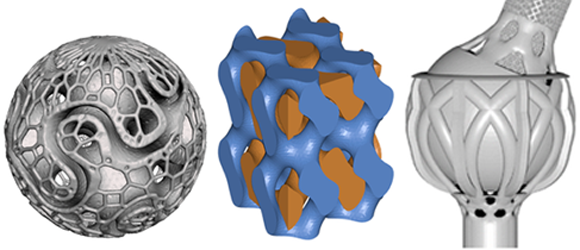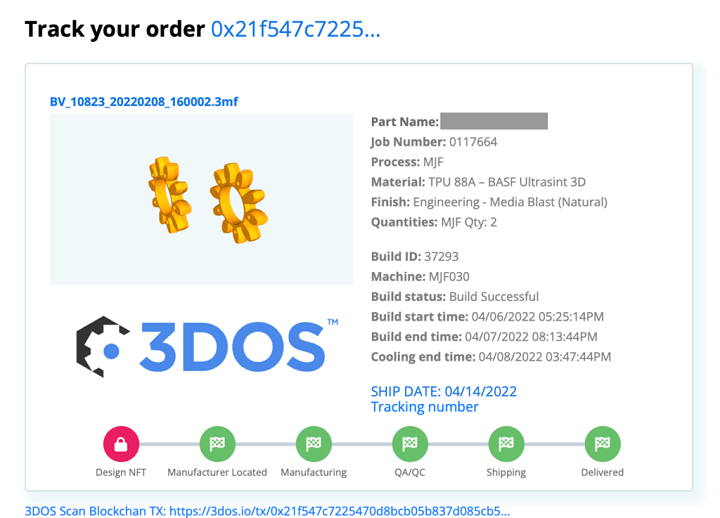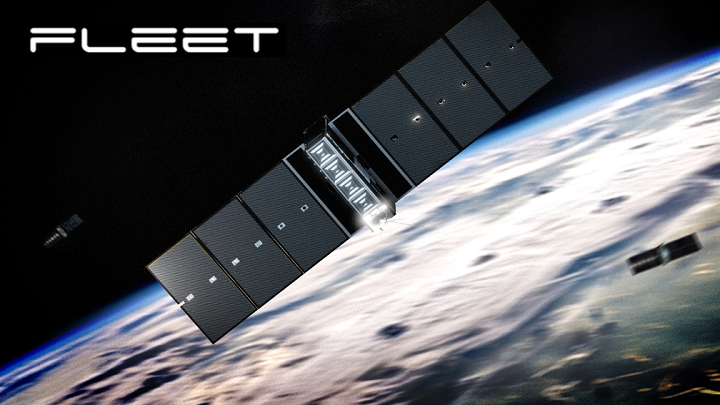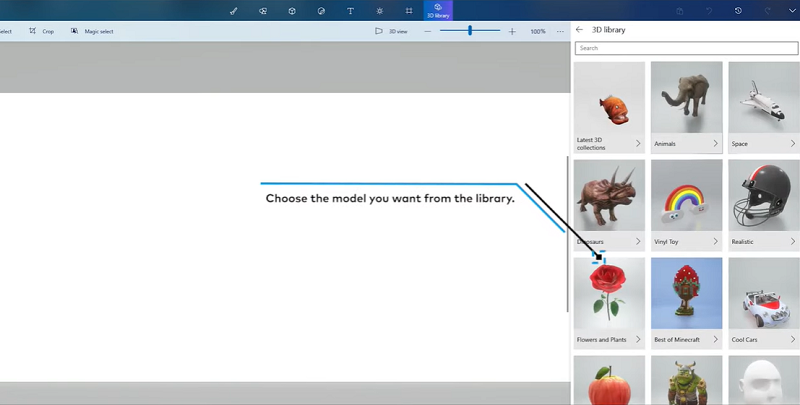3DPrint.com | The Voice of 3D Printing / Additive Manufacturing |
| 3D Printing News Briefs, June 25, 2022: Partnerships, Research, & More Posted: 25 Jun 2022 05:30 AM PDT In today’s 3D Printing News Briefs, 3DOS and Ivaldi are working together to deliver on-demand critical parts for heavy industries in Africa, and ASME published an AM design standard based on NIST research. 1016 Industries has introduced its Ferrari SF90 carbon fiber kit, and the Centauri 5 satellite was successfully launched with 3D printed patch antennas. Researchers studied the effects of 3D printed padding on mountain biking backpacks. Finally, Zaxe 3D Printing Technologies is making it easier to design and print using Paint 3D combined with its own software. Read on! 3DOS & Ivaldi Partnering to Deliver On-Demand Parts via Web3The Ivaldi Group partnered with fellow Silicon Valley company 3DOS to securely deliver critical, 3D printed on-demand parts to heavy industries in Africa through the decentralized web3 network. With this integration, Ivaldi and its customers can enjoy protected royalties and an easier time getting 3D printed parts on-demand near their point of use. When a user needs a part, the 3DOS network instantly finds a local manufacturer and begins the on-demand print job, and the parts are protected as 3DOS NFTs, and then securely delivered through web3. In addition, the network facilitates global transactions and payments through decentralized finance (DeFi), based on secure distributed ledgers like the ones used by cryptocurrencies.
ASME Publishes AM Design Standard Based on NIST Research These 3D models exhibit many of the unique degrees of freedom afforded by Additive Manufacturing such as producing parts with complex geometry and made of multiple materials (Reprinted from ASME Y14.46-2022, by permission of The American Society of Mechanical Engineers) A new standard, Y14.46, was recently published by the American Society of Mechanical Engineers (ASME), based on research by the National Institute of Standards and Technology (NIST). Traditional design language typically works for traditional manufacturing methods, but not as much for additive manufacturing, which means that information about AM designs can be lost in translation. The new standard is meant to help engineers more effectively communicate AM-specific considerations to manufacturers and product inspectors in design documents. Some concepts touched on in this standard include build process particulars, like orientation and 3D printed support structures, how to package 3D model-based data so it’s machine readable, and more.
1016 Industries Launches Custom Carbon Fiber Ferrari SF90 KitAutomotive aftermarket parts producer 1016 Industries, which specializes in carbon fiber 3D printing for high-performance exotics, has debuted its new custom carbon fiber kit for the Ferrari SF90. This “ultimate road car” by Ferrari, and its first to use EV, features full carbon fiber designs throughout to not only create a unique silhouette, but also enhance performance. These limited edition SF90 carbon fiber designs are available in a 1×1 weave or a premium 2×2 twill pattern, and can be made with special satin finishes upon request. Available parts are carbon fiber front bumper flaps, a front lip, hood vent system, rear diffuser, and side skirts. Additional 3D printed carbon fiber parts for the SF90 include a roof spoiler and special trunk spoiler. 1016 Industries is currently offering SF90 carbon fiber treatments for $51,200.
Fleet Space Launches Satellite with 3D Printed Patch AntennasFleet Space Technologies successfully launched its next-gen Centauri 5 micro-satellite on the recent SpaceX Falcon 9 Transporter-5 mission, strengthening its leading spot in the Australian space tech industry. The 12 kg Centauri 5 features what Fleet Space believes is a world-first: a set of entirely 3D printed metal patch antennas, which the company claims can deliver ten times more throughput per kilo of spacecraft. These 3D printed antennas can offer higher data rates, increased gain, and enable the reuse of S-Band frequency channels across different beams, meaning that the Centauri 5’s data capacity is majorly increased compared to what its predecessors could deliver. The Centauri 5, placed in Low Earth Orbit (LEO), also features more radiation resistance, a better S-Band range, and new direct communication capabilities with the Fleet Space ground base.
Studying Effect of 3D Printed Padding on MTB Backpacks Fig. 1: View of the back panel padding and exemplary mean pressure distribution images for (a) conventional VAUDE Bracket 25L and (b) prototype with 3D printed padding. A group of German researchers from sustainable outdoor clothing and gear brand Vaude, the Chemnitz University of Technology, and OECHSLER AG collaborated on a research project to determine the “Effect of Additively Manufactured Padding on the Mechanical and Thermal Comfort of MTB-Backpacks.” They were hoping to improve the mechanical and thermal comfort of mountain bike (MTB) backpacks, which typically have thin, foam-based back padding for reduced wobbling and high mechanical comfort; unfortunately, these don’t have thermal comfort, because of their full contact with a rider’s back. The researchers proposed substituting these foam pads with 3D printed ones, which featured modified stiffness based on initial pressure measurements. The team tested their proof of concept backpack in a lab environment with five male volunteers, wearing three sensors along their spine for three 25-minute sessions on a fixed indoor bike. After anthroprometric measurements were taken, the backpacks and bicycle were adjusted for personal preferences, and pressure distribution and microclimate were measured. They found that the prototype backpack with the 3D printed padding has much lower maximum and mean contact pressures, lower contact area at pressures >20 kPa, and improved thermal comfort, with reduced relative humidity and temperature rise.
Zaxe on 3D Modeling with Paint 3DFinally, 3D printer manufacturer Zaxe works to provide a variety of solutions through its ecosystem that meet the needs of institutions and individuals; this apparently includes making it easy to use Paint 3D to model and print designs on its 3D printers. In 2016, Microsoft confirmed that it was updating its Paint application with several brand new features, including capabilities for 3D design, and Paint 3D was officially introduced as part of the Windows 10 Creators Update in 2017. Zaxe recently put out a YouTube video explaining the simple steps necessary to create 3D printable designs in Paint 3D, move them to its xDesktop software, and print them on a Zaxe 3D printer.
Check out the video below to learn: The post 3D Printing News Briefs, June 25, 2022: Partnerships, Research, & More appeared first on 3DPrint.com | The Voice of 3D Printing / Additive Manufacturing. |
| You are subscribed to email updates from 3DPrint.com | The Voice of 3D Printing / Additive Manufacturing. To stop receiving these emails, you may unsubscribe now. | Email delivery powered by Google |
| Google, 1600 Amphitheatre Parkway, Mountain View, CA 94043, United States | |





0 comments:
Post a Comment